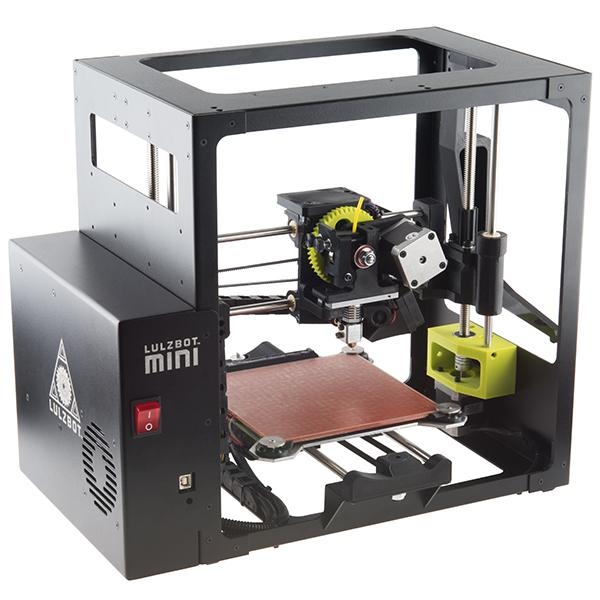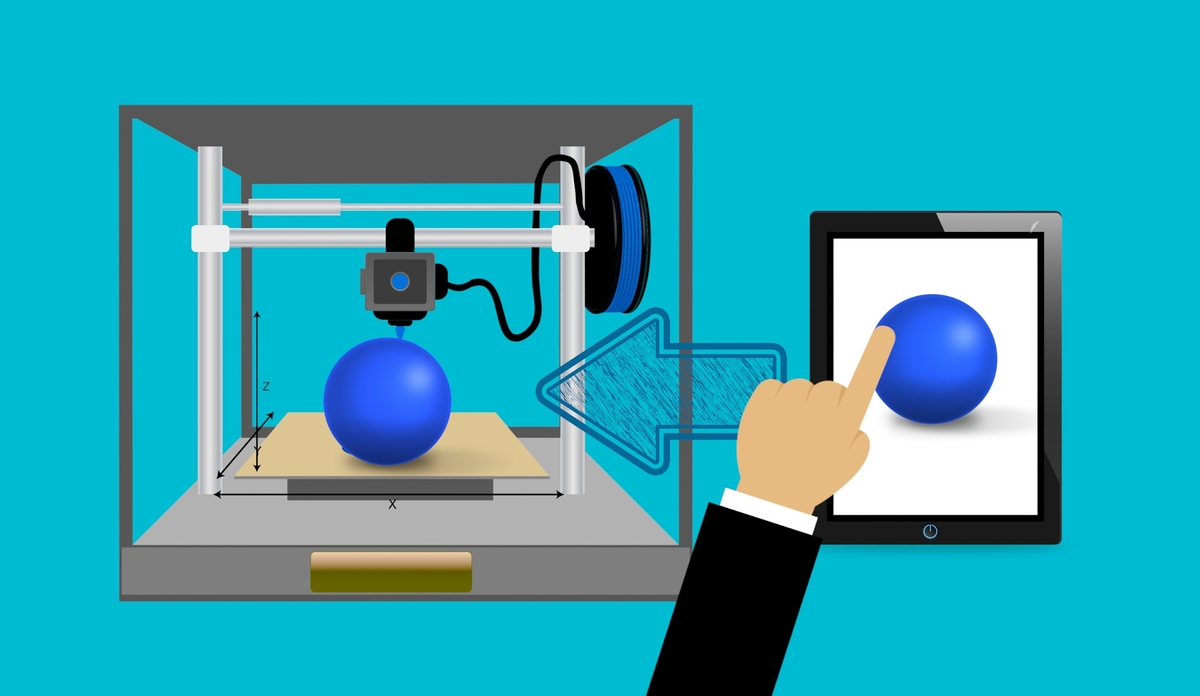How to clean 3d printer resin vat?
Are you struggling to clean your 3D printer resin vat? Do you find that the leftover resin is causing print failures or clogs? Cleaning your resin vat is an essential part of maintaining your 3D printer and ensuring that your prints come out flawlessly.
Resin printing has become increasingly popular in recent years, and for a good reason. The technology allows for incredibly detailed and intricate prints that are not possible with traditional FDM printers. However, the resin used in these printers can be difficult to work with, and cleaning the vat can be a daunting task.
Luckily, cleaning your 3D printer resin vat is not as complicated as it may seem. By following a few simple steps, you can ensure that your printer stays in top condition and your prints come out perfectly every time. In this article, we will guide you through the process of cleaning your 3D printer resin vat, giving you the tips and tricks you need to get the job done quickly and efficiently.

How to clean a 3D printer resin vat?
First, use a pair of gloves and safety goggles to protect your hands and eyes from the potentially hazardous chemicals involved in resin printing. Then, make sure to remove any excess resin from the vat by scraping off what you can with a plastic scraper or putty knife. Next, fill the vat with isopropyl alcohol and let it sit for about 15 minutes. This will help to break down and dissolve the remaining resin. After 15 minutes, empty the vat and rinse it with warm water. Finally, use a soft cloth or paper towel to dry off the vat before filling it with fresh resin for your next print job.
Following these steps will ensure that you get the best results out of your 3D printer by eliminating any residual residue that may be clogging up your vat. Remember to always use safety equipment when cleaning and to never use any solvents other than isopropyl alcohol. And, of course, be sure to read the instructions that came with your printer before attempting any kind of maintenance or cleaning.
To ensure that your 3D printer is running smoothly, it’s important to follow the instructions provided by the manufacturer. You may find that there are specific steps that you need to take to maintain or clean your resin vat, such as using a special solvent or wiping down its surface. Additionally, make sure to check for any warnings or safety guidelines before beginning the cleaning process.
Create a cleaning schedule for your 3D printer and stick to it. This will help to ensure that you are maintaining your printer regularly and can avoid any potential problems due to clogged vats or prints gone wrong.
By following these simple steps, you can easily keep your 3D printer resin vat clean and in top condition. With a little bit of effort, you’ll be able to enjoy flawless prints every time.
How to remove a Resin print stuck to the FEP sheet?
For those of us who use resin 3D printing, we are all too familiar with the problem of prints being stubbornly stuck to the FEP sheet. In an effort to remove them successfully and without damaging our precious sheets, it’s important to equip ourselves with the right knowledge and technique.
First, you should remove as much excess resin from the read tank as possible, using paper towels and nitrile gloves if needed. Then lift up the tank and try gently pushing at each corner of the part in question until it loosens away from the FEP film. Instead of reaching for your plastic spatula right away, try using your fingers first –warmth helps break down static grip between print and FEP bed and makes dislodging slower parts a lot easier! As I learned when dealing with a test print that just wouldn’t budge from my Anycubic Photon Mono X –it’s surprising how effective this trick can be.
If you are unsure of how to properly remove a resin print, it is best to refer to the instructions provided by your 3D printer’s manufacturer. This will ensure that you do not damage the FEP sheet while attempting to remove the print.
How to get resin off an LCD screen?

Removing resin from an LCD screen requires a bit of patience and some knowledge about the product. When dealing with uncured resin, wipe it up as soon as possible with paper towels. For cured resin that has already attached itself to the LCD screen, spraying or dabbing 90%+ isopropyl alcohol onto the affected areas will soften the resin which can then be scraped away with a plastic scraper. It may also help further cure the resin using UV lamps or sunlight if you have access to either option in order to help it expand and make it easier to remove. Some users have recommended using an acetone soaked paper towel to make removing stubborn resin even more effective. No matter what method you choose to use, take your time and scrape slowly in one direction while also making sure you lubricate the blade before scraping so you don’t risk scratching the surface of your LCD screen. Once all the resin is removed, clean up any residue with another paper towel & alcohol combination.
It is essential to follow all instructions provided to you by the manufacturer before attempting to clean any 3D printer parts or components, including your resin vat. Failing to do so may present a safety hazard and could result in damage or harm. Additionally, be sure to consult the user manual for any warnings when cleaning your 3D printer components.
Use the right tools. Having the right tools on hand can make cleaning your 3D printer resin vat much easier. Make sure you have a plastic scraper, paper towels, and isopropyl alcohol or other suitable solvent on hand.
Keep the area clean. It’s important to keep the workspace around your 3D printer clean and free of debris before beginning any cleaning process. This will help to ensure that no dust or dirt particles end up inside the vat during the cleaning process.
Follow instructions. Always make sure to follow the instructions in your 3D printer’s user manual when it comes to cleaning the resin vat. Doing so will help ensure that you are using the right solvents, tools, and techniques for your specific printer.